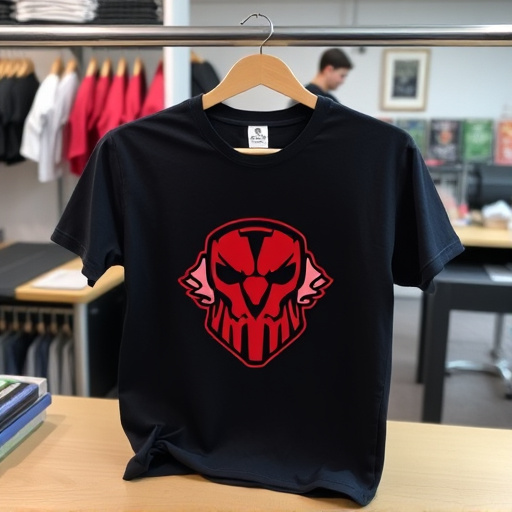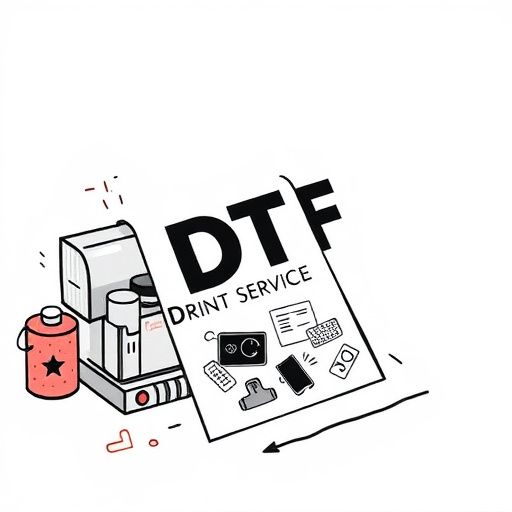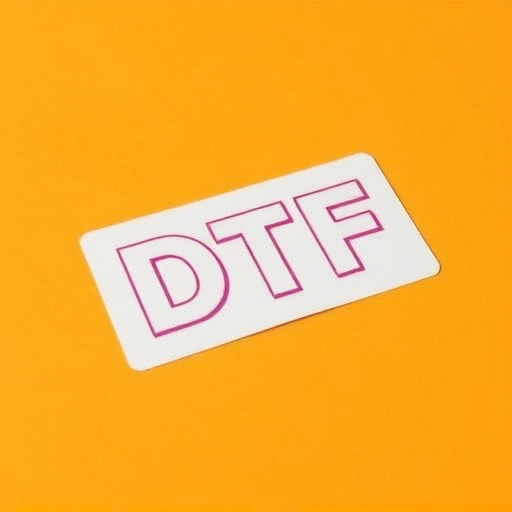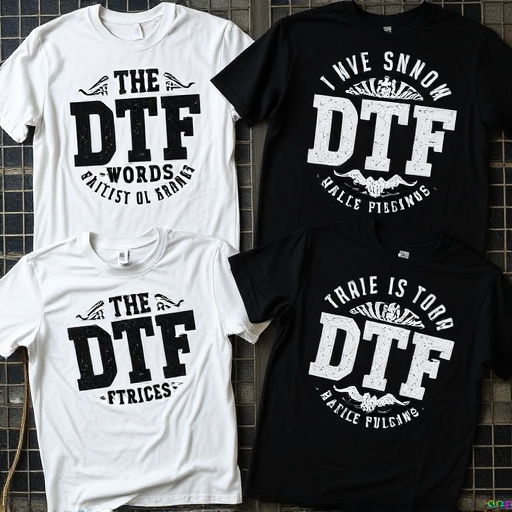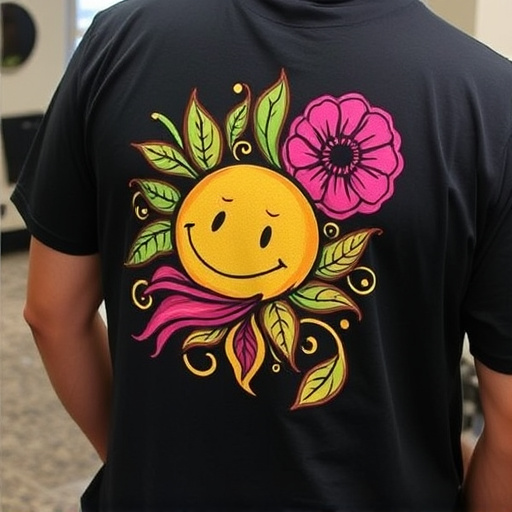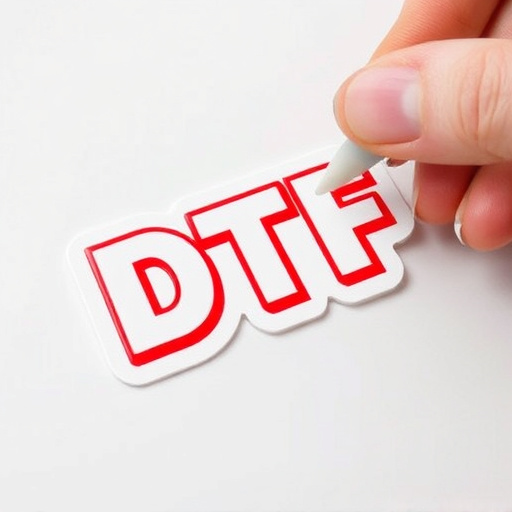Low-grade DTF inks cause bleeding, smudging, and design distortion on custom apparel. They lack adhesion, fade quickly, and crack on absorbent fabrics. High-quality DTF inks offer superior opacity, vibrancy, and fast drying times, ensuring crisp, long-lasting prints for enhanced customer satisfaction.
“Unleashing the potential of Direct-To-Final (DTF) inks can be a game-changer for print enthusiasts, but navigating their complexities is crucial. This article delves into the prevalent challenges that users often encounter with low-grade DTF inks. From bleeding and smudging that mar the final output to inadequate adhesion on diverse substrates, these issues hinder optimal results. Moreover, color fading and ink cracking add further complications. Understanding these common problems is the first step towards selecting high-quality inks for vibrant, lasting prints.”
- Bleeding and Smudging: Common Problems
- Inadequate Adhesion to Substrates
- Color Fading and Ink Cracking
Bleeding and Smudging: Common Problems
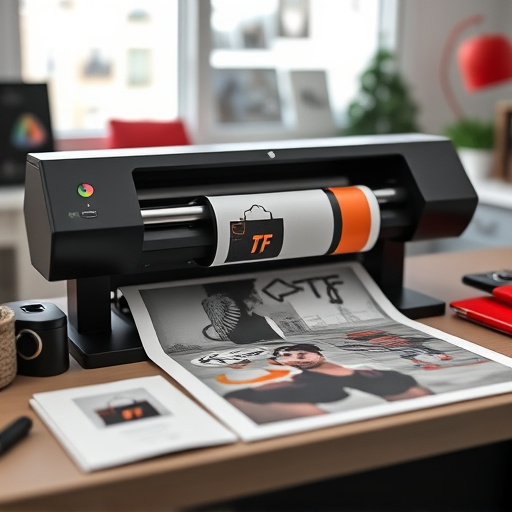
Bleeding and smudging are frequent issues encountered when utilizing low-grade DTF (Direct to Film) inks. These problems can arise due to the ink’s inability to adhere properly to the substrate, leading to unwanted color transfer between layers or smearing of the design upon contact with moisture or sweat. Low-quality inks often lack the necessary opacity and fast drying times required for crisp, long-lasting prints on custom t-shirts and DTF transfers. As a result, users may notice faint lines or patches where ink has bled through from the top layer to the base material.
To mitigate these issues, it’s essential to opt for high-quality DTF inks specifically designed for direct to film printers. These inks are formulated with superior color vibrancy, opacity, and fast drying times, ensuring that designs remain intact and vibrant even when worn or washed. Using the right ink for your DTF printer is a game-changer, revolutionizing the process of creating custom garments and ensuring customer satisfaction.
Inadequate Adhesion to Substrates
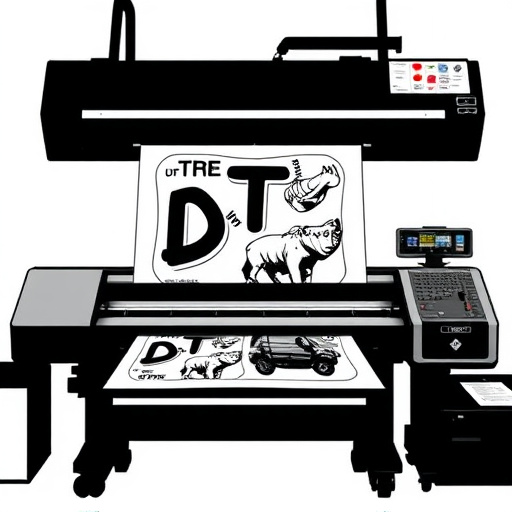
One of the most prevalent challenges users face with low-grade DTF (Direct to Fabric) inks is inadequate adhesion to various substrates. This issue often manifests when printing on custom t-shirts, hoodies, or other fabric items. The problem arises from the ink’s inability to form a strong bond with the fabric fibers, leading to flaking, peeling, or even complete ink transfer failure after washing or exposure to heat.
Low-quality DTF inks typically lack the necessary resins and adhesives that ensure long-lasting adhesion. As a result, they may not withstand the stress of everyday use, especially when applied to curved surfaces or items with varying textures. This weakness can be particularly problematic for businesses specializing in dtf printing for hoodies or creating custom t shirts since it directly impacts the durability and overall quality of their products.
Color Fading and Ink Cracking

One significant issue with low-grade DTF (Direct to Fabric) inks is color fading, which can be a major concern for businesses involved in bulk DTG shirt production. These inks often lack the vibrancy and durability required to withstand prolonged exposure to sunlight or frequent washing. Over time, the colors may start to lose their intensity, making the printed designs appear duller and less vibrant. This is particularly problematic for outdoor clothing or items intended for frequent use, as the ink is subjected to constant wear and tear.
Additionally, low-quality DTF inks are prone to cracking, especially when applied to materials like cotton or other absorbent fabrics. The ink may peel or split along the surface of the fabric, resulting in a poor finish and reduced lifespan of the printed item. This issue can be exacerbated during heat press processes, where high temperatures and pressure are applied. Using subpar inks for DTF printer operations can lead to unsatisfactory outcomes, including design distortion and even complete ink failure.
When using low-grade DTF inks, users often encounter issues like bleeding, smudging, inadequate adhesion, and color fading. To avoid these problems, it’s crucial to invest in high-quality inks designed for DTF printing. Regular maintenance and substrate selection also play vital roles in ensuring optimal print results, enhancing the longevity of your prints and minimizing unsightly imperfections.



